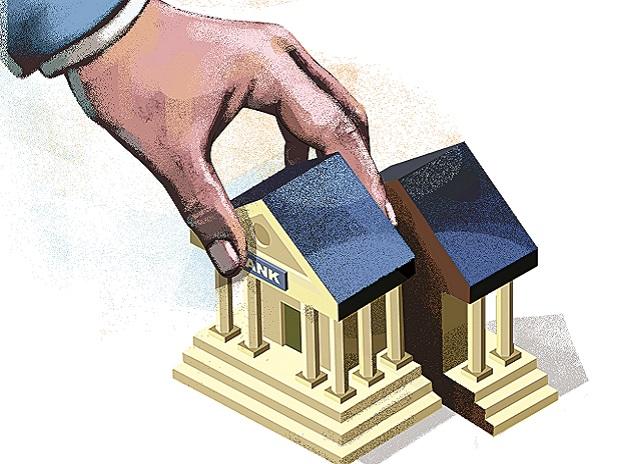[ad_1]
Shares of public sector undertakings (PSUs) banks were in focus as Nifty PSU Bank index bounced back 11 per cent in the past three trading days, after it saw a sharp decline last week. The Nifty PSU Bank index has tanked 15 per cent in seven days, amid heavy sell-off. In comparison, the Nifty 50 index slipped 4.6 per cent, during the same period.
At 11:35 am; Nifty PSU Bank index, the top gainer among sectoral indices, was up 2 per cent, as against 0.06 per cent decline in the Nifty50. Nifty Bank and Nifty Private Bank indices, meanwhile, were up less than 1 per cent.
Among the lot, shares of Punjab & Sind Bank (PSB), Central Bank of India, Bank of Baroda, and Canara Bank were up in the range of 3 per cent to 5 per cent on the National Stock Exchange (NSE).
As per the Reserve Bank of India (RBI) report, the Indian banking system gross non- performing assets (GNPA) declined 5.8 per cent in March 2022, from a peak in March 2018. However, the current macroeconomic conditions may impact the asset quality.
“The asset quality of Indian banks continued to improve with GNPAs as a percentage of gross advances falling in September 2022 to 5 per cent, as compared to 5.8 per cent in March 2022. This decrease was led by lower slippages as well as reduction in outstanding GNPAs through recoveries, upgradations and write-offs,” the report said.
That apart, the robust growth in banks’ balance sheet, particularly for public sector banks (PSBs), ensured that the latter still have the lion’s share in the deposit and advances market.
According to the report, PSBs account for 62 per cent of the deposits of scheduled commercial banks, whereas loans corner 58 per cent market share. Credit growth of banks, meanwhile, was at a 10-year high by the end September 2022. CLICK HERE FOR MORE DETAILS
Meanwhile, post attaining their peak in FY18, analysts at ICICI Securities observed that the banks witnessed a moderation in NPAs, primarily driven by a reduction in corporate NPAs. The repayment from retail segment, toom remained steady despite Covid-19 and slippages from restructured pool were not substantial. Therefore, receding NPA tailwind led to outperformance of banks in the recent past, said analysts.
“Historically, high capital adequacy (CAR) and strong coverage ratio resulted in lower risk aversion from lenders. Retail/MSME segment has been a key driver of credit offtake and will continue to remain so. We also expect corporate credit to pick up gradually,” the brokerage firm added.
[ad_2]
Source link



